Making sense of data: How to be savvy about data in the news
Making sense of data: How to be savvy about data in the news is is the conclusion of a series, presented by our partner SAS, exploring the role of data in understanding our world. SAS is a pioneer in the data management and analytics field.
Data is one of the best ways to understand our world, but it can also be one of the most challenging things to get right. Over the course of this series we’ve looked at the power and shortcomings of data and data visualizations. If you aren’t paying close attention, data easily can be used to mislead you. Common areas of concern arise in each step of data collection, analysis and presentation. Additionally, data can also be misleading in infographics and social media, two increasingly popular ways people are exposed to data. But, with this series and more practice, you can feel more confident about the way you are exposed to and consume data.
As we all experience increased exposure to media and data-driven messaging, we need to stay vigilant in how we read and respond to those messages. So, here are the top six takeaways from this series on how to be a savvy data consumer:
Be a critical thinker
What is the author trying to convey with the data? Does the data match the argument? Is more information needed to better understand the data?
Go beyond the numbers and search for context
Also, where did the numbers come from? What exactly does each number represent? Gather all the information you can about how the data was collected and why to help you understand what it really means.
Ask and answer your own questions
So, what does the data make you curious about? Does it prompt you to want to learn more? Are you able to answer your questions with the data that’s been provided? Try doing your own analysis on the data and see what you find.
Check important chart elements
And remember to double-check the most important elements of the chart to see if the data visualizations may be misleading in any way. This includes checking the scale on both axes as well as legends and labels to ensure they match what you expect.
Look past design
Is the visualization you’re looking at focused more on being beautiful or on accurately presenting information? Focus your attention on the underlying data and not the visual elements.
Be skeptical of flashy messaging
Big, bold titles and messages can be misleading. Confirm whether eye-catching content really matches the data presented. Even when you see subtle mentions of the author’s conclusions, it’s good to double-check those, too.
And keep in mind that data is all around us. It’s not only important to be a savvy consumer of data but also to give data the context it deserves when presenting your own findings. Continue to think critically about the data you see and be sure to take a closer look if something appears misleading. With these guidelines in mind, you have the power to use data to better understand and describe the world.
Test yourself: Take our data quiz (here or below)!
Related articles:
- 6 Strategies for making sense of data in the media
- Diving into charts and graphs in the news
- Exploring statistics in the media
- Understanding complications with data collection
- Evaluating claims made from data
- Special look at issues with infographics
- Spotlight on data in social media
- Quiz: Can you make sense of data?
![]() About SAS: Through innovative analytics software and services, SAS helps customers around the world transform data into intelligence.
About SAS: Through innovative analytics software and services, SAS helps customers around the world transform data into intelligence.





